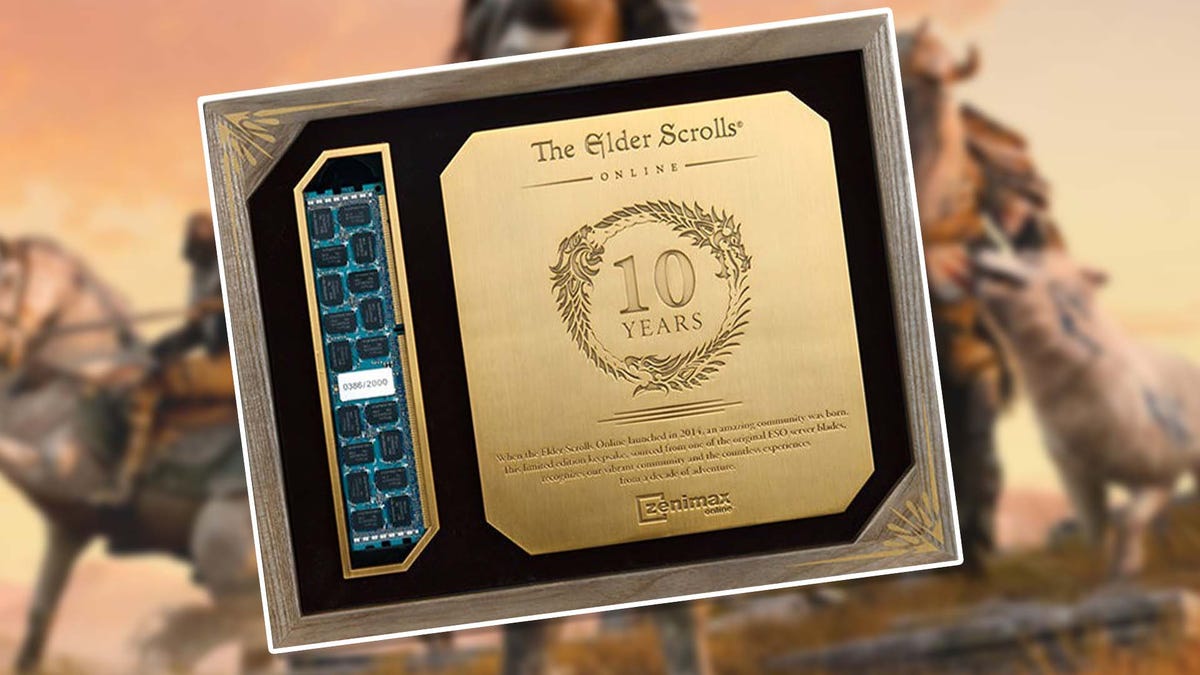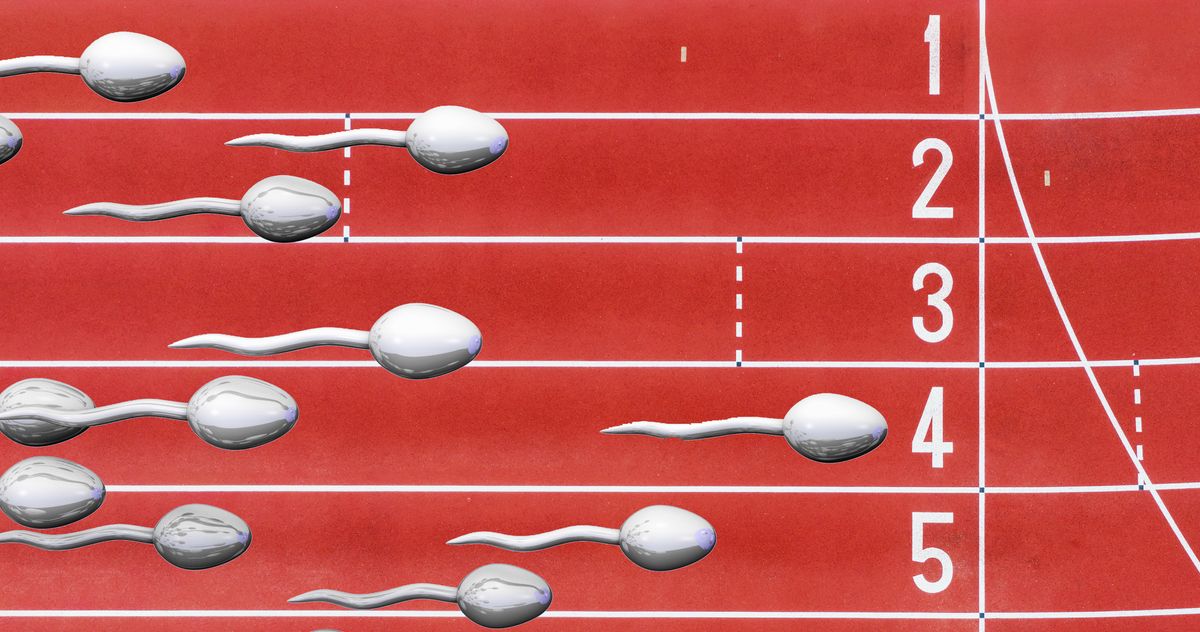Steak Oscar for Two: The OG Surf and Turf That's Fit for Royalty
This updated take on steak Oscar features mahogany-crusted filet mignon stacked with snappy asparagus and a mound of butter-basted crab, all draped with a glossy, rich béarnaise sauce.


Plenty of people gush about steakhouses as "timeless institutions" dedicated to meat and Mad Men–era nostalgia. But they are a lot less appealing when the bill arrives. On the rare occasion I’m dining out at a steakhouse I’m often left wondering, “Couldn’t I have just cooked this myself at home?” The answer is yes.
For a fraction of the cost of a steakhouse meal, you can easily make a top-notch steak dinner such as this timeless steak Oscar. It features mahogany-crusted tender filet mignon medallions stacked with snappy asparagus and a mound of butter-basted crab meat, all draped with a glossy, rich béarnaise sauce. It’s extravagant dining at its finest. 
The dish dates back to the late 19th century in Sweden, where it’s believed to have been served for the first time to the its namesake, King Oscar II of Sweden, as a dish of veal (not steak), crab, and béarnaise sauce. It wasn’t until the dish migrated to the US that steak versions began appearing on steakhouse menus, and now the dish is also often found with lobster or shrimp instead of the original crabmeat.
It may seem intimidating to recreate this restaurant classic at home, but cooking a great steak is actually dead simple, and making the accompanying sauce, crab, and asparagus should be as well. The key to recreating this showstopper at home is using the best ingredients, relying on foolproof cooking methods, and coordinating the timing of cooking to guarantee hot, perfectly cooked food. Here’s how to perfect each component and bring it all together to ensure steakhouse-worthy results.
The Béarnaise Sauce
This béarnaise has the ideal food-coating creaminess, which makes it perfect for dipping your slices of steak, asparagus spears, and, eventually, fingers into. Béarnaise is a classic French sauce and a derivative of hollandaise. Like hollandaise, béarnaise is a warm emulsion of butterfat, egg yolks, and a reduction of white wine and vinegar, but the addition of shallots and tarragon distinguishes béarnaise from its mother sauce. Traditionally, this temperamental emulsion is made by whisking the ingredients together on the stovetop over a double boiler, but a lot can go wrong: The sauce can easily break, the egg yolks can scramble, or the emulsion may never properly form, leaving you with a thin and soupy sauce instead of a velvety and glossy one.
Luckily, J. Kenji López-Alt, Serious Eats' former culinary director and food science whiz ,solved these problems when he developed his foolproof béarnaise sauce recipe, which uses an immersion blender to quickly create a stable emulsion, rather than whisking by hand. (If you don't own one already, check out our immersion blender reviews for recommendations.) For this version, I follow his same method, but I’ve scaled down his recipe by half, since we only need enough sauce for two servings. I also always add a pinch of ground cayenne pepper to my béarnaise. It doesn’t make the sauce spicy, but rather adds a subtle kick that, when paired with the vinegar, livens up the butter sauce to balance its richness.
The Steak
The difficulty in cooking filets mignon, or any cut of the tenderloin, is that they contain very little intramuscular fat. As a result, they are relatively flavorless compared to well-marbled steak cuts such as ribeye or strip steak. While a plain filet mignon might lack flavor, its mildness makes it the perfect canvas for a rich sauce.
Less fat in the meat also means less insulation from heat penetration, thus a greater chance of overcooking the lean meat and turning it from tender to tough. The first step to ensuring the most flavorful, tender meat possible is dry-brining the steaks. Dry-brining is our preferred method for seasoning both large and small pieces of meat. This process, in which the steak is liberally salted and left to sit at room temperature for at least 40 minutes or refrigerated for an extended period of time, is particularly beneficial for lean, relatively bland proteins like filet mignon, which has a tendency to dry out when exposed to high heat. 
The other key technique used to guarantee a juicy filet mignon is to use Serious Eats' time-tested perfect pan-seared steaks technique. It’s simple and straightforward, which is ideal when preparing a meal like this one with multiple components. As described above, the steaks are liberally salted and left to sit for at least 40 minutes before they’re seared over ripping high heat in a cast iron, carbon steel, or stainless steel pan, flipping every two minutes to ensure even cooking and a deeply browned crust. But it’s worth pointing out that you can adapt this recipe to use your own preferred cooking method, such as our reverse-seared, butter-basted, or sous vide steak recipes. Or you can even swap in a different steak cut, such as ribeye or strip steak. Once the steaks are cooked, set them aside to rest while preparing the asparagus and crab, which shouldn't take more than 10 minutes—the ideal amount of time for the steaks to rest.
A Smarter Way to Cook the Asparagus and Crab
In almost every recipe and restaurant version of steak Oscar I’ve come across, the asparagus is blanched and shocked before it is reheated and served. Blanching the asparagus is a logical cooking method in a restaurant setting, as proper blanching and cold-shocking of the asparagus in an ice water bath will ensure the asparagus retains its vibrant green color and is tender while still retaining its snappy bite. Plus in a restaurant, a large batch of asparagus can be prepped in advance, set aside, then reheated briefly in individual portions. But when cooking all the components at home for just two people, there’s no need to pull out every pot and pan in your cabinet to make dinner, no matter how fancy the meal may be. Remember, you are the chef and clean-up crew, so it's beneficial to simplify the process whenever possible.
The streamlined cooking approach I prefer for the asparagus is to steam and sear it right in the same skillet the filet was cooked in. Sticking with one pan not only streamlines the process, but cooking the asparagus in the remaining steak fond builds another layer of flavor. I simply add the asparagus, some neutral oil, and a couple tablespoons of water to the remaining fat and browned beef bits in the skillet, then cover the pan briefly to steam the asparagus—this also loosens all those delicious meat drippings—and finally uncover the pan and sear the asparagus until it’s crisp-tender and spotty brown. The asparagus is way more flavorful than a boring blanched version, especially after the addition of minced fresh chives, with the perk of no extra pans to clean.
After the asparagus is cooked, the same skillet is used to baste the crab with butter and garlic, then the crab is removed from the heat and tossed with fresh lemon juice and a sprinkle of paprika for brightness and acidity. It’s the last component that’s cooked before plating, which is logical since it’s also the component that will cool down the quickest. Cooking it last ensures it is still nice and warm when you plate and serve the finished dish.
Bringing It All Together: One Pricey Game of Jenga
A large part of steak Oscar’s appeal is its towering presentation. Traditionally each filet is topped with asparagus and then a mound of crab, before it’s all blanketed with the béarnaise sauce. Think of it as a delicious (and expensive!) game of Jenga, where every piece needs to be placed perfectly so it doesn't topple over. But it always seemed odd to me to have these big long spears perform a balancing act on top of the small round filets. It’s more logical to have the asparagus as the base that the steaks sit on. It’s not only a more attractive and stable presentation, but as you slice through the meat and into the vegetables, the steak juices and sauce blend together to coat the asparagus, giving the spears even more flavor.
And while it's not traditional, I’ve added my own signature finishing touch to this dish: a final flourish of toasted seasoned panko breadcrumbs. They’re extremely simple to prepare—taking only two minutes in the microwave—and you can even make them a day ahead if you choose. Lemon zest and pepper flakes pep up the breadcrumbs and their light, crisp texture is a welcome contrast to the silky sauce and tender meat. Without the crunch, the composed dish is just a tower of soft, tender extravagance, but this final crunchy sprinkle makes the meal even better than what you'd get at a steakhouse—without breaking the bank.
For the Breadcrumb Topping: In a microwave-safe bowl, toss panko with oil, salt, and pepper. Microwave panko, stirring occasionally, until deep golden brown, 2 to 4 minutes; let cool completely. Stir in chives, lemon zest, and pepper flakes; set aside (Topping can be refrigerated for up to 2 days; bring to room temperature before using.)
For Preparing the Steaks: Pat steaks dry with paper towels. Season liberally with salt. Allow to rest at room temperature for at least 40 minutes and up to 2 hours. Alternatively, place salted steaks on a plate or on a wire rack set in a rimmed baking sheet and refrigerate, uncovered, for up to 24 hours.
For the Béarnaise Sauce: In a small saucepan, combine wine, vinegar, shallots, tarragon stems, and black peppercorns, and bring to a simmer over medium-high heat. Adjust heat to maintain a gentle simmer and cook until reduced to about 1 tablespoon of liquid, 8 to 10 minutes. Carefully strain liquid through a fine-mesh strainer into a small heatproof bowl, pressing on the solids with the back of a spoon to extract as much liquid as possible. Let mixture cool slightly.
In a tall-sided cup that barely fits the head of an immersion blender, combine egg yolks and the wine-vinegar reduction. Using an immersion blender, blend mixture until well-combined, about 30 seconds. (Alternatively, a traditional blender can be used.)
In a small saucepan, melt butter with cayenne over high heat, swirling constantly, until foaming subsides. Transfer butter to a 1-cup liquid measuring cup.
Place head of immersion blender into the bottom of cup with egg yolk mixture and turn it on. With blender constantly running, slowly pour hot butter into cup in a thin and steady stream. Continue blending, raising and lowering blender head slightly to fully emulsify butter with the egg yolk mixture, until a thick and creamy sauce forms. It should be able to coat a spoon but still flow off of it; if it is too thick, blend in a small amount of water to thin it out. Stir in minced tarragon and season to taste with salt. Transfer to a small lidded pot and keep in a warm place, off heat, for up to 1 hour before serving. Béarnaise cannot be cooled and reheated. (See notes.)
For Cooking the Steaks: In a 10-inch stainless steel, cast iron, or carbon steel skillet, heat oil over high heat until just smoking. Season steaks with pepper, add to pan, and cook, flipping with tongs every 2 minutes until well browned on all sides (including edges, which you can sear by holding steaks sideways with tongs) and the internal temperature has reached 110°F (43°C) for rare or 130°F (54°C) for medium (steak will continue to cook for a bit afterward), 6 to 12 minutes depending on thickness. Transfer steaks to a plate; set aside and let rest while preparing asparagus and crab. Do not wipe skillet clean.
For the Asparagus: In now-empty skillet, combine asparagus, 2 tablespoons water, and oil. Cover and cook over high heat, shaking skillet occasionally to roll asparagus around, until asparagus are bright green and nearly tender, 3 to 5 minutes.
Continue to cook, uncovered and stirring occasionally, until water has evaporated and spears are tender and beginning to brown in spots, 3 to 5 minutes. Toss with lemon juice and chives and season to taste with salt and pepper. Transfer to a plate and cover loosely to keep warm.
For the Crab: In now-empty skillet, lower temperature to medium and melt butter. Add garlic, stirring constantly, and cook until fragrant, about 30 seconds. Add crab and cook, stirring gently, until warmed through and coated with butter and garlic, about 2 minutes. Transfer to a small bowl and gently toss with lemon juice and paprika, if using.
To Plate and Serve: On 2 warmed serving plates, arrange asparagus in the center of each plate. Top each portion with one filet. Using a spoon, top filets with crab mixture. Spoon béarnaise over top and sprinkle each serving with about 1 tablespoon seasoned breadcrumbs right before serving.
Special Equipment
Small saucepan; tall-sided cup (for blending with immersion blender); 1-cup liquid measuring cup; immersion blender; 10-inch stainless steel, cast iron, or carbon steel skillet
Notes
An equivalent total weight of bone-in or boneless ribeye, strip steak, porterhouse, T-bone, hanger, or flank steak can be used in place of filet mignon. Try to get steaks at least 1 1/2 inches thick. If using a thinner cut of steak, shorten cooking time accordingly.
The béarnaise sauce can be held warm in a double boiler over recently simmering water but off the heat. If the double boiler is left to steam unchecked, the sauce can break easily.
Make-Ahead and Storage
The breadcrumb topping can be prepared up to 2 days ahead and stored in an airtight container at room temperature.
The béarnaise sauce can be prepared up to 1 hour in advance of serving and stored in a warm place (see notes above).

































































-Baldur’s-Gate-3-The-Final-Patch---An-Animated-Short-00-03-43.png?width=1920&height=1920&fit=bounds&quality=70&format=jpg&auto=webp#)































































































































































































